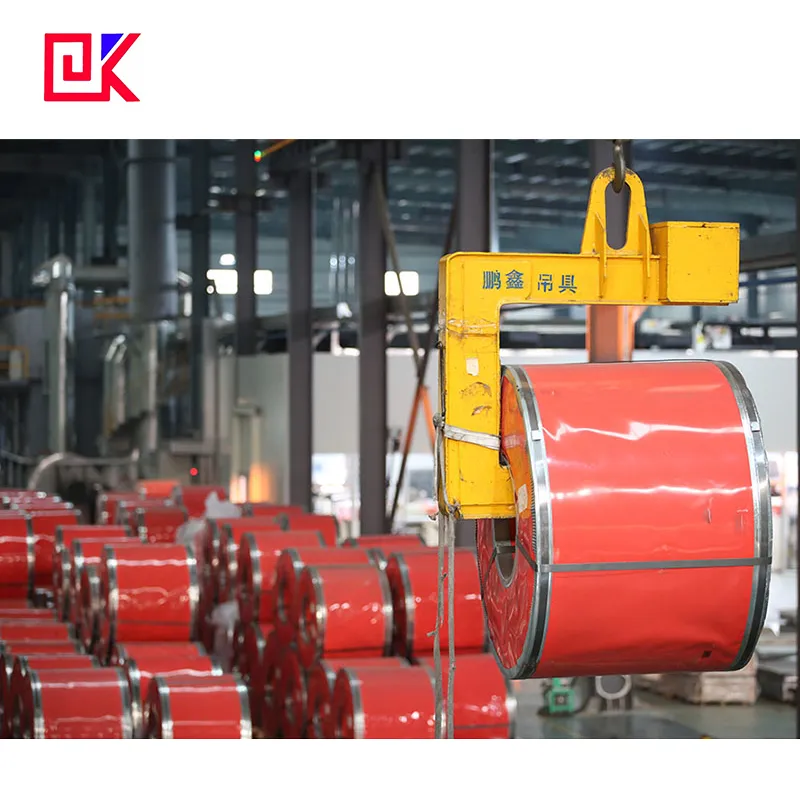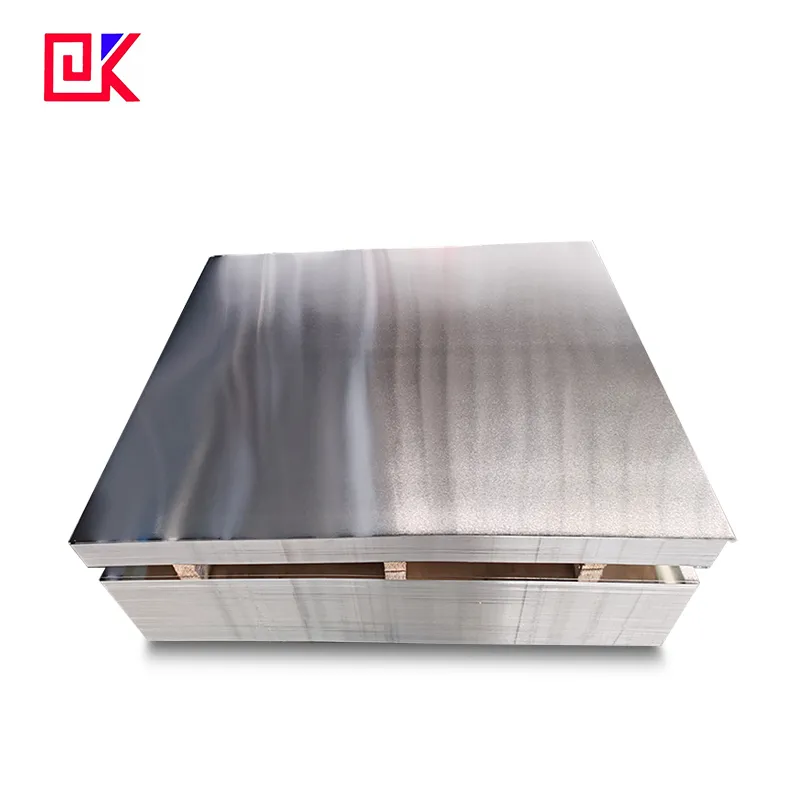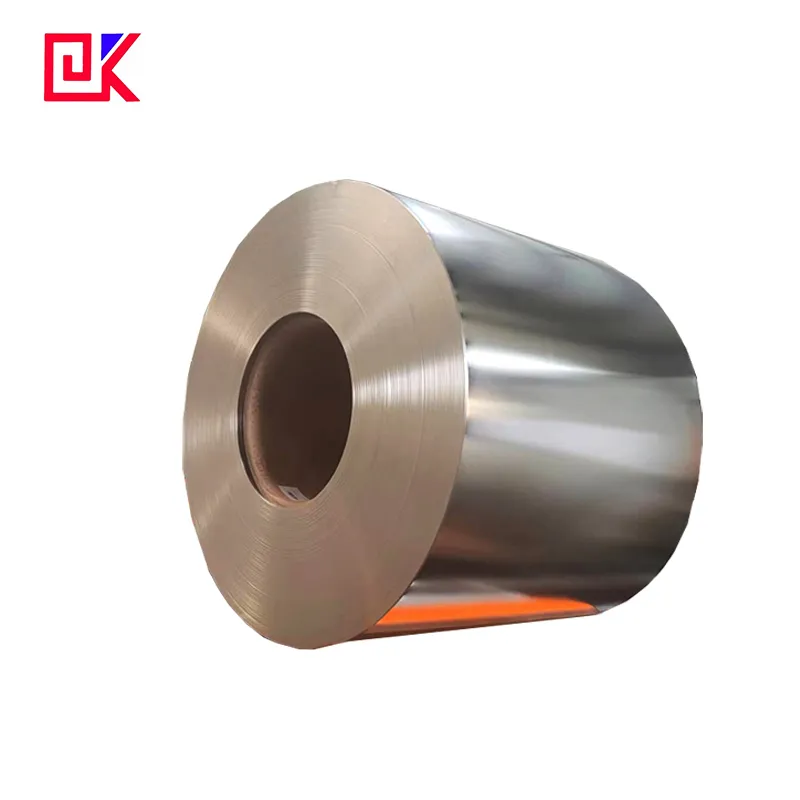Tinplate is a widely used metal material, especially in the packaging fields of food, beverage, chemical, and pharmaceutical. In order to improve its performance and meet the needs of different fields, a process called "electrolytic tin plating" is usually used in the production process of tinplate. This technology provides more precise control and more efficient production methods for traditional hot-dip tinning.
This article will explore the advantages of electrolytic tinplate sheet in depth and analyze why tinplate is electrolytically treated.

What is electrolytic tinplate sheet?
Electrolytic tinplate sheet refers to a composite material that is plated with a uniform layer of tin on the surface of the steel plate through electrolytic tin plating technology. The process uses an electrochemical method to uniformly deposit tin ions on the surface of the steel plate through an electrolyte solution to form a protective tin coating. Compared with traditional hot-dip tin plating technology, the electrolytic tin plating process has higher flexibility and accuracy, and can achieve precise control of the coating thickness and quality.
This method not only brings higher efficiency to the production of tinplate, but also adjusts the thickness of the tin layer according to different application requirements, ensuring that the material has excellent corrosion resistance, good mechanical strength and excellent decorative properties in a variety of industrial environments.

What are the advantages of electrolytic tinplate sheet?
The main advantages of electrolytic tinplate sheet:
1. The thickness of the tin layer is uniform and easy to accurately control
2. Low tin consumption and material saving
3. The surface of the coating is smooth and suitable for fine printing
4. Strong corrosion resistance
5. Suitable for a variety of subsequent processing techniques
6. Better environmental protection
The thickness of the tin layer is uniform and easy to accurately control
One of the biggest advantages of electrolytic tinplate sheet is that the thickness of the tin layer can be precisely controlled. Through the electrolytic process, manufacturers can strictly adjust the current intensity, time and electrolyte concentration to achieve fine-tuning of the tin layer thickness. Compared with traditional hot-dip tinning, the tin layer of the electrolytic tinning process is more uniform and has no phenomenon of being too thick or too thin, ensuring the stability of the tinning quality on the surface of the steel plate.
This high degree of control makes electrolytic tinplate sheet occupy an important position in the fields of food packaging, chemical product packaging and other fields with extremely high requirements for anti-corrosion performance. For example, for some products that require higher anti-corrosion ability, the electrolytic process can increase the thickness of the tin layer, while for some products that only need basic protection, the amount of tin can be reduced, thereby saving material costs.
Low tin consumption and material saving
Compared with the hot-dip tinning process, electrolytic tinning is more economical and efficient in the use of tin. The electrolytic process can accurately control the amount of tin deposition according to actual needs, thereby reducing excessive tin waste. This material saving not only reduces production costs, but also meets the requirements of modern industry for resource conservation and environmental protection.
As a rare metal, tin is relatively expensive, so how to reduce the amount of tin while maintaining material quality has become an important production goal. The electrolytic tinning process improves production efficiency and reduces the demand for raw materials by reducing tin waste, becoming a great tool for enterprises to save production costs.
The surface of the coating is smooth and suitable for fine printing
The surface finish of electrolytic tinplate sheet is high, which gives it a unique advantage in printing and coating. Since the electrolytic tin plating process can form a uniform and smooth tin layer on the steel plate, it can provide an ideal foundation for subsequent fine printing. Whether it is food cans, beverage cans, or the packaging of cosmetics and pharmaceuticals, electrolytic tinplate sheet can ensure that the printed patterns are clear, colorful, and durable.
In addition, the good surface condition of electrolytic tinplate sheet also makes it excellent in coating, decoration and subsequent processing. The smooth surface not only improves the aesthetics of the product, but also reduces the risk of surface damage during stamping, bending and other processing, ensuring the quality of the final product.
Strong corrosion resistance
Tin itself has excellent oxidation resistance and corrosion resistance. Therefore, tin-plated steel sheets can effectively prevent erosion by air, moisture and acidic substances. Due to the uniformity of its tin layer, electrolytic tinplate sheet shows stronger corrosion resistance, especially suitable for fields such as food preservation and chemical products that have high requirements for the protective performance of packaging materials.
Corrosion resistance is one of the important features of electrolytic tinplate sheet. Especially in food packaging, electrolytic tinplate sheet can effectively prevent chemical reactions after metal contacts with food, thus maintaining the safety and freshness of food. At the same time, it is also suitable for certain chemical packaging, which can effectively resist the erosion of various corrosive substances and extend the service life of packaging materials.
Suitable for a variety of subsequent processing techniques
Due to its thin and uniform tin plating layer, electrolytic tinplate sheet can withstand various subsequent processing techniques, such as stamping, bending, shearing, welding, etc. During these processing processes, the tin layer of electrolytic tinplate sheet will not crack or peel off, ensuring the integrity and functionality of the material.
This feature makes electrolytic tinplate sheet an ideal choice for manufacturing metal packaging materials of various shapes and sizes. Whether it is the deep drawing process of food cans or the welding process of chemical packaging containers, electrolytic tinplate sheet can meet high-standard processing requirements and ensure the functionality and quality of the product.
Better environmental protection
The electrolytic tin plating process is more environmentally friendly than the traditional hot-dip tin plating process. Since the thickness of the tin layer is precisely controllable, the waste of tin is reduced during the production process, and the consumption of natural resources is reduced. At the same time, the electrolyte used in the electrolytic process can be recycled, which reduces the generation of industrial wastewater and waste and is environmentally friendly.
Modern industry has increasingly higher requirements for environmental protection, and the low pollution and high efficiency characteristics of the electrolytic tin plating process are in line with the concept of sustainable development. Reducing resource waste and environmental pollution makes electrolytic tinplate sheet a more environmentally friendly material, which is favored by more and more companies.

Why electrolytic tinplate sheet?
After understanding the advantages of electrolytic tinplate sheet, let's explore why the electrolytic process is used to treat tinplate. The answer to this question not only involves production efficiency and cost control, but also the functionality and market demand of the material.
Reasons for needing electrolytic tinplate sheet:
1. Meet different thickness requirements
2. Improve production efficiency and cost control
3. Improve material performance to meet high-end market needs
Meet different thickness requirements
Food, beverage, chemical, pharmaceutical and other fields have different requirements for packaging materials, and the electrolytic process can flexibly adjust the thickness of the tin layer according to these requirements. For example, in some applications, a thicker tin layer may be required to enhance corrosion resistance, while in other applications a thinner tin layer may be selected to save costs.
Electrolytic tinning can meet these diverse needs through precise process control and become a highly adaptable production method. Whether it is the special requirements for highly corrosion-resistant products or the low-cost requirements for conventional packaging materials, the electrolytic process can provide corresponding solutions.
Improve production efficiency and cost control
Although the traditional hot-dip tinning process is simple, it has the disadvantages of high energy consumption, high tin consumption, and difficult to control the thickness of the tin layer. Electrolytic tinning is a more efficient production method that can achieve high-precision control through automated equipment, reducing material waste and energy consumption, and greatly improving production efficiency.
With the intensification of global industrial competition, enterprises are paying more and more attention to cost control and improving production efficiency. The electrolytic tinplate sheet process, with its advantages of high efficiency, precision and energy saving, helps manufacturers reduce production costs and enhance market competitiveness while maintaining product quality.
Improve material performance and meet high-end market needs
In some markets with extremely high product quality requirements, such as high-end food, beverage and pharmaceutical packaging, the performance of tinplate must meet higher standards. Through precise process control, electrolytic tinplate sheet can achieve better corrosion resistance, higher finish and stronger adhesion to meet the needs of these high-end markets.
The electrolytic process gives tinplate stronger functionality and adaptability, enabling it to not only meet conventional applications, but also to show excellent performance in high-demand occasions. This is one of the reasons why more and more companies choose electrolytic tin plating as a tinplate production process.

DKtinplate is a professional metal packaging manufacturer committed to delivering top-quality products at affordable prices. Our state-of-the-art factory in Foshan, China, specializes in tinplate sheet printing, high-speed aerosol can production, and the manufacture of lids and bottoms. We cater to bulk purchasing and customized design requests, ensuring exceptional quality and timely delivery. Take advantage of our wholesale discounts, promotional offers, and low prices for all your metal packaging needs. Reach out to DKtinplate for quotes and solutions tailored to your business requirements.

